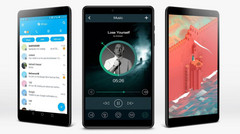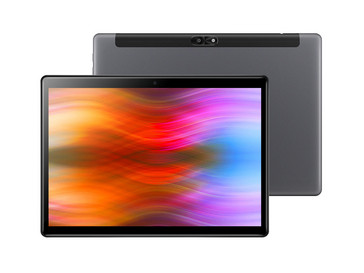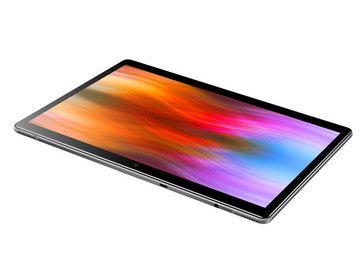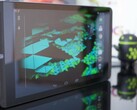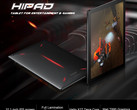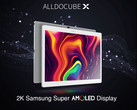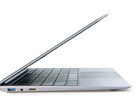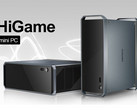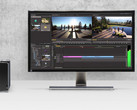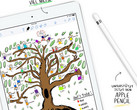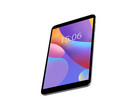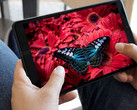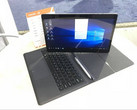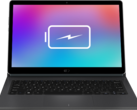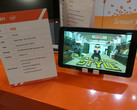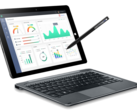Chuwi isn't really as well-known as it could be. The Chinese company produces some excellent devices in the notebook/tablet niches, and we've been impressed by a number of those devices in our past reviews. The latest offering by the company will be a gaming tablet, in the form of the Hi 9 Air.
Chuwi announced the base Hi 9—the company's first gaming tablet—at CES 2018, and is set to follow it up with an upgrade, the Hi 9 Air. The Hi 9 Air sports a 10.1-inch 2560x1600 display, with an OGS fully-laminated screen for supposedly better color reproduction. It's powered by the deca-core Helio X20.
The Helio X20—built on TSMC's 20nm manufacturing process—was supposed to be MediaTek's flagship SoC of 2016 but it failed to compete with the Snapdragon 820 and has been used on a number of mid-range devices instead. That doesn't mean it's a bad SoC, though, as it still offers performance levels on par with the Snapdragon 652 or thereabouts. The X20 sports the Mali T880-MP4 GPU, which, again, isn't the most powerful in the market, but should hold its own against the Adreno 430 on the Snapdragon 810.
While the CPU and GPU on the Hi 9 Air aren't exactly top of the line anymore, they're more than powerful enough to perfectly run anything you throw at the device.
The Hi 9 Air will feature 4 GB of RAM and 64 GB of storage, enough to store a couple dozen heavy-weight games without you bothering about how much space you have left. There's no information about the battery unit the device will feature but it clocks in at an 8.2mm thickness, so it should have a sizeable enough battery.
On the connectivity end of things, the Hi 9 Air will support both GSM and CDMA networks, and support for FDD-LTE bands 1, 3, 4, 5, 7, and 20.
We'll be sure to keep you updated on this.
Source(s)
Official Press Release


 Deutsch
Deutsch English
English Español
Español Français
Français Italiano
Italiano Nederlands
Nederlands Polski
Polski Português
Português Русский
Русский Türkçe
Türkçe Svenska
Svenska Chinese
Chinese Magyar
Magyar